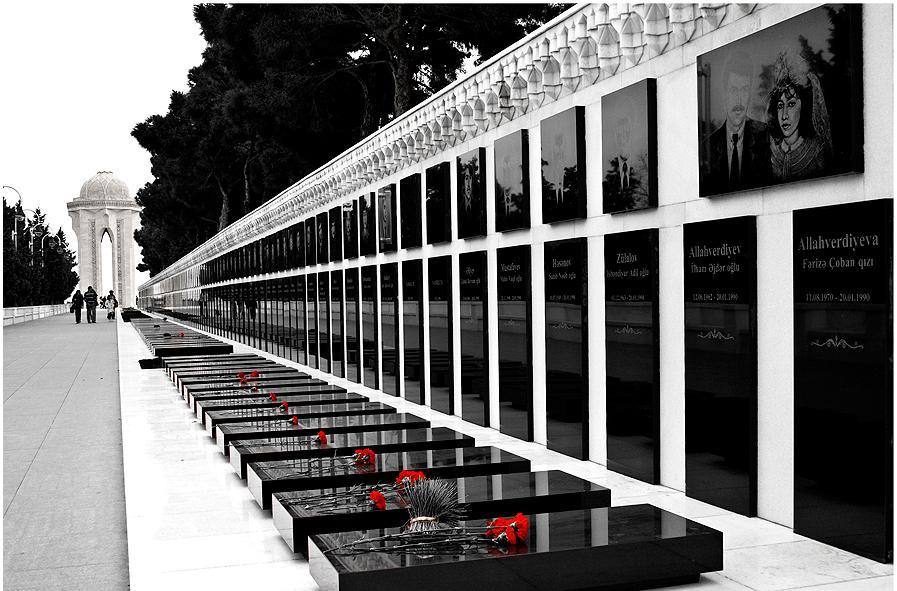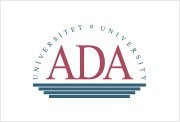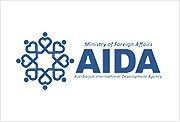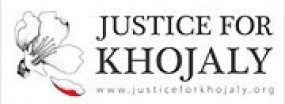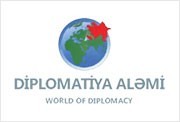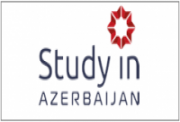A Glance at the Tragedy of 20 January 1990
20 January 2017 marks the 27th anniversary of the military invasion and vicious killing of civilians in the city of Baku, Azerbaijan by the forces of the Soviet Army on 20 January 1990. In response to the rising national independence movement, the Soviet leadership ordered some 26000 troops with heavy military equipment to storm the city of Baku in an operation called “Strike”.
The heavy-handed crackdown resulted in 147 civilian deaths and the injuring of around 800 people. The invasion was launched at midnight and was committed with particular violence against children, women and the elderly. The tragedy of 20 January was engraved in the history of Azerbaijan as “Black January”. Nevertheless, it was a heroic page in the history of Azerbaijani people’s struggle for freedom and independence. This violent suppression brought a 70-year Soviet rule in Azerbaijan to an end and led to the restoration of its national independence.
The events of 20 January were mainly provoked by the territorial claims of neighboring Armenia, requiring the annexation of the Nagorno-Karabakh Autonomous Oblast (NKAO) of Azerbaijan. On December 1, 1989 the Supreme Council of the Armenian SSR made the unprecedented decision on “reunification” of the Armenian SSR and NKAO, and thus grossly violated the Constitution of the USSR as well as the Law “On the Nagorno-Karabakh Autonomous Oblast” of June 16, 1981. This decision had a very serious impact on further relations between the two peoples inflaming a mass hatred towards each other.
By that time, the entire Azerbaijani population living in Armenia had been forcibly expelled from the places of their permanent residence. In an effort to oust them from Armenia an estimated 300 000 Azerbaijanis were subjected to murder, torture and persecution and were forced to take refuge in Azerbaijan. These displaced Azerbaijanis -deprived of homes and shelters- were mainly settled in Baku and its suburbs.
This kind of illegal and hostile policy of Armenian authorities ignited anger among Azerbaijanis precipitating their mass protest against the ambiguous and negligent position of the USSR leadership in this regard. In 1989-1990, hundreds of thousands of people held demonstrations in the central square (now Freedom square) and the streets of Baku protesting the Armenia’s separatist claims to tear out the Nagorno-Karabakh region from Azerbaijan and annexing it to Armenia. On January 13, 1990 at a mass rally held in Baku, the leaders of Azerbaijani opposition called for a referendum on secession of Azerbaijan from the Soviet Union. Reports about the killing and wounding of Azerbaijanis by Armenians in Nagorno-Karabakh that were spread during the rally further enraged the crowd.
The Secretary General of the Communist Party of the USSR, Michael Gorbachev used the unrest and riots in Baku to justify the Soviet Army’s intervention in the city. The military contingency sent to Baku consisted mainly of soldiers previously deployed in Afghanistan as well as the reservists some of whom were of Armenian origin conscripted from the Stavroplol region of Russia for a short period in January 1990. Before being dispatched to Baku they were instructed that the Islamic radicals and mojaheds took the power in the city, and the Soviet soldiers must protect the allegedly violated rights of Armenians.
However, in reality the true face of the Soviet assault was drastically different. As it was later stated by D.Yazov, then the Minister of Defense of the USSR, the use of force in Baku was intended to prevent the takeover of the power in Azerbaijan by non-Communist opposition and ensure that the Communist government remained in power.1
On January 19, 1990, The Presidium of the Supreme Soviet of the USSR, without the consent of the Supreme Soviet of Azerbaijani SSR, imposed a “curfew in the city of Baku” from 20 January, 00:00 a.m. Troops entered Baku without informing the local population of the curfew and its rules. Moreover, on the eve of the assault the special forces of the Soviet Army attacked the state TV building in Baku, cutting off the national TV and radio broadcast to prevent the dissemination of news to the local and international community. Therefore, the people were deprived of access to information about the entry of the Soviet troops into the city. Official information about the curfew was aired on 20 January 1990 at 05:30 a.m., i.e. after dozens citizens had already been killed or wounded in the streets of Baku.
Failure to announce a state of emergency before the assault cannot be justified either on the grounds of military necessity or protection the lives of the soldiers. If the purpose of the Soviet troops was to protect Armenians and restore order, there was no reason to launch a surprise midnight attack on the city. Advance warning might have cleared the streets of peaceful civilians and saved their lives. Instead, the Soviet Army attacked the capital city of the Soviet Republic as if it was an enemy position that had to be taken by surprise with extreme cruelty. Irrespective of the announcement of the curfew, military offensive of a civilian city with heavy military equipment and use of violence against own civilian citizens by the troops of the Armed Forces cannot be justified under any circumstances. Incited with hatred against the local population and under the influence of drugs and alcohol, the soldiers indiscriminately fired on women, elderly and infants; even drivers of the ambulance cars and doctors were subjected to brutal killing. Tanks and armored transporters were crushing civilian and medical vehicles with people inside. Electricity of the hospitals had been cut off to prevent medical aid to the wounded.
Human Rights Watch report on “Black January in Azerbaijan” stated, “Indeed, the violence used by the Soviet Army on the night of January 19-20 was so out of proportion to the resistance offered by Azerbaijanis as to constitute an exercise in collective punishment. Since Soviet officials have stated publicly that the purpose of the intervention of Soviet troops was to prevent the ouster of the Communist-dominated government of the Republic of Azerbaijan by the nationalist-minded, noncommunist opposition, the punishment inflicted on Baku by Soviet soldiers may have been intended as a warning to nationalists, not only in Azerbaijan, but in the other Republics of the Soviet Union”.2
The argument that the Soviet troops entered Azerbaijan to stop the violation against the Soviet citizens had no justification since Azerbaijani people, murdered and forcibly expelled by Armenians from Armenia and NKAO, were also Soviet citizens, and Soviet army did not intervene to stop the violence and pogroms against Azerbaijanis. In fact, the tragedy of 20 January was politically motivated and was the most brutal among the military interventions by the Soviet troops in Almaty (1986), Tbilisi (1989), and Vilnius (1991).
Rather than ensuring the violated rights and alleviating the suffering of Azerbaijanis forcibly displaced from the lands of their historical residence, the Soviet regime instead carried out the military attack on them. Even though Azerbaijani people suffered great losses from the tragedy of 20 January 1990, its pride and dignity remained untainted. Black January was a turning point in the history of Azerbaijan and proved to be a vivid manifestation of the bravery and determination of its people in defending their national identity. To commemorate the memory of Azerbaijanis heroically perished in this tragedy, the “Alley of Martyrs” has been laid out at the highest point of the capital city of Baku. People from all over the country pay a visit to the Alley to honor and revere the victims of those events that paved the way for the independence and prosperity of the Republic of Azerbaijan today.
1 Cornell S. Azerbaijan since independence. London, 2011. pp. 55.
2 https://www.hrw.org/reports/pdfs/u/ussr/ussr915.pdf
